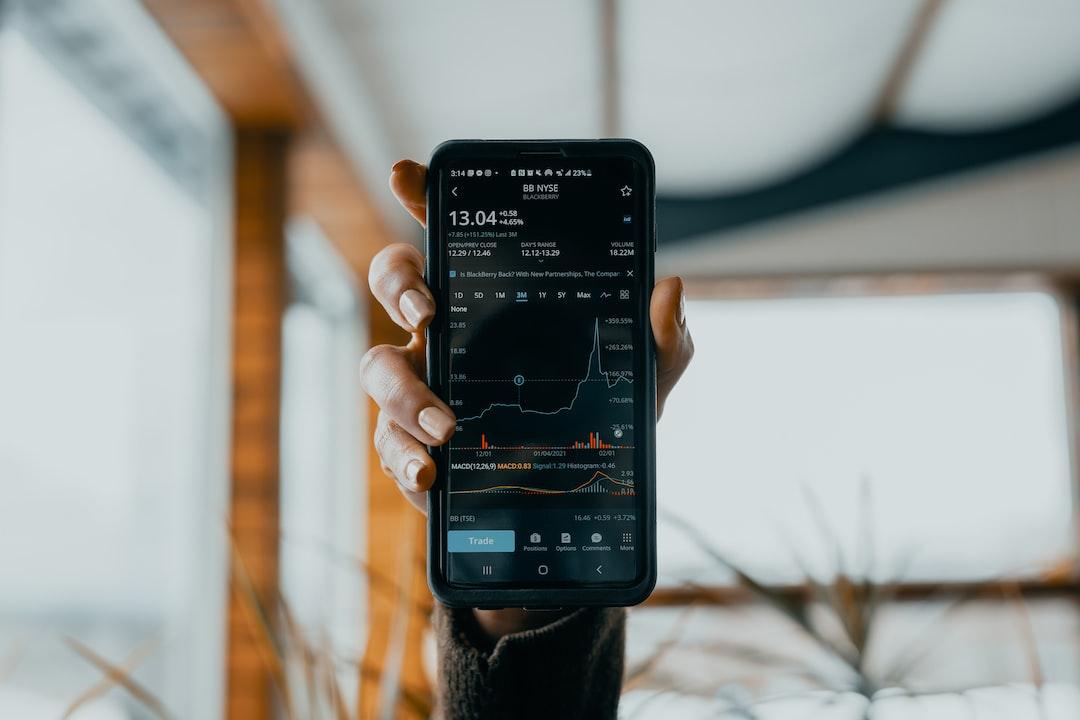According to the author of the proven rule on predicting when economic recessions are coming, if the Federal Reserve does not cut interest rates now, the U.S. economy could potentially fall into a recession.
Economist Claudia Sahm has demonstrated with her rule that when the quarterly average unemployment rate is half a percentage point higher than the 12-month low, the economy enters a recession.
With the unemployment rate rising in recent months, the “Sahm rule” has sparked discussions on Wall Street, indicating that the previously stable labor market may be weakening and hinting at potential economic problems. This speculation has sparked debates on when the Federal Reserve might start cutting interest rates.
The Sahm rule measures the percentage point difference between the three-month average unemployment rate and the 12-month low (currently at 3.5%). A 0.5-point difference formally triggers the rule, with the unemployment rate needing to reach 4% or higher for just a few months to trigger it.
Read more:

Russia and North Korea join forces against the West.
Since at least 1948, this rule has been a reliable indicator of recessions, serving as an effective warning signal when its value increases.
She points out that the central bank not starting to gradually cut interest rates now is taking a huge risk. She says that failure to take action could trigger this rule, potentially leading to an economic recession and forcing the Federal Reserve to take stricter measures.
According to the latest data from the U.S. Bureau of Labor Statistics, the “Sahm rule” showed a 0.37-month increase in unemployment rates to 4% following the release of the employment report, marking the first rise above 4% since March 2022. This is the highest increase since the early days of the COVID-19 pandemic.
Sahm believes that Powell and his colleagues are “playing with fire” by not paying more attention to changes in the labor market. Just as Powell said, she criticizes the Federal Reserve for waiting for employment growth to decline and deems it risky.


